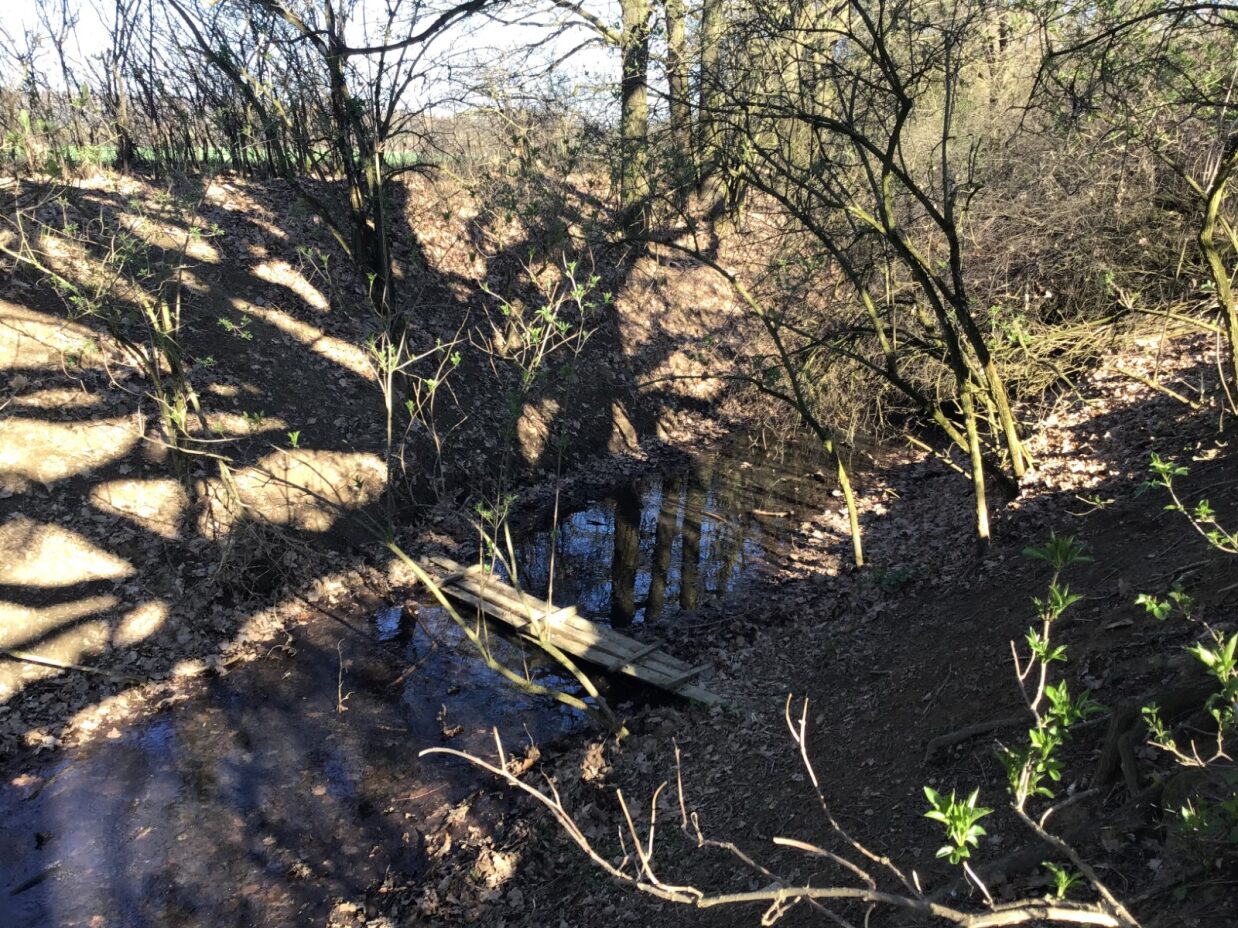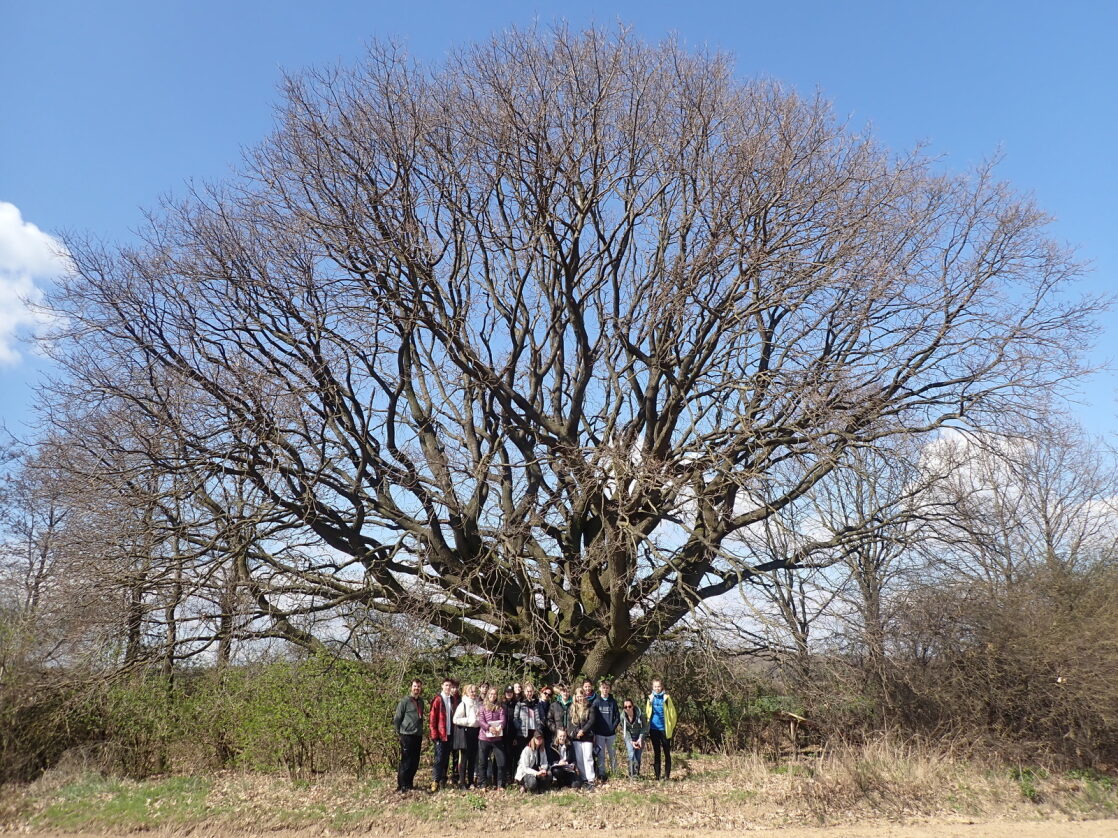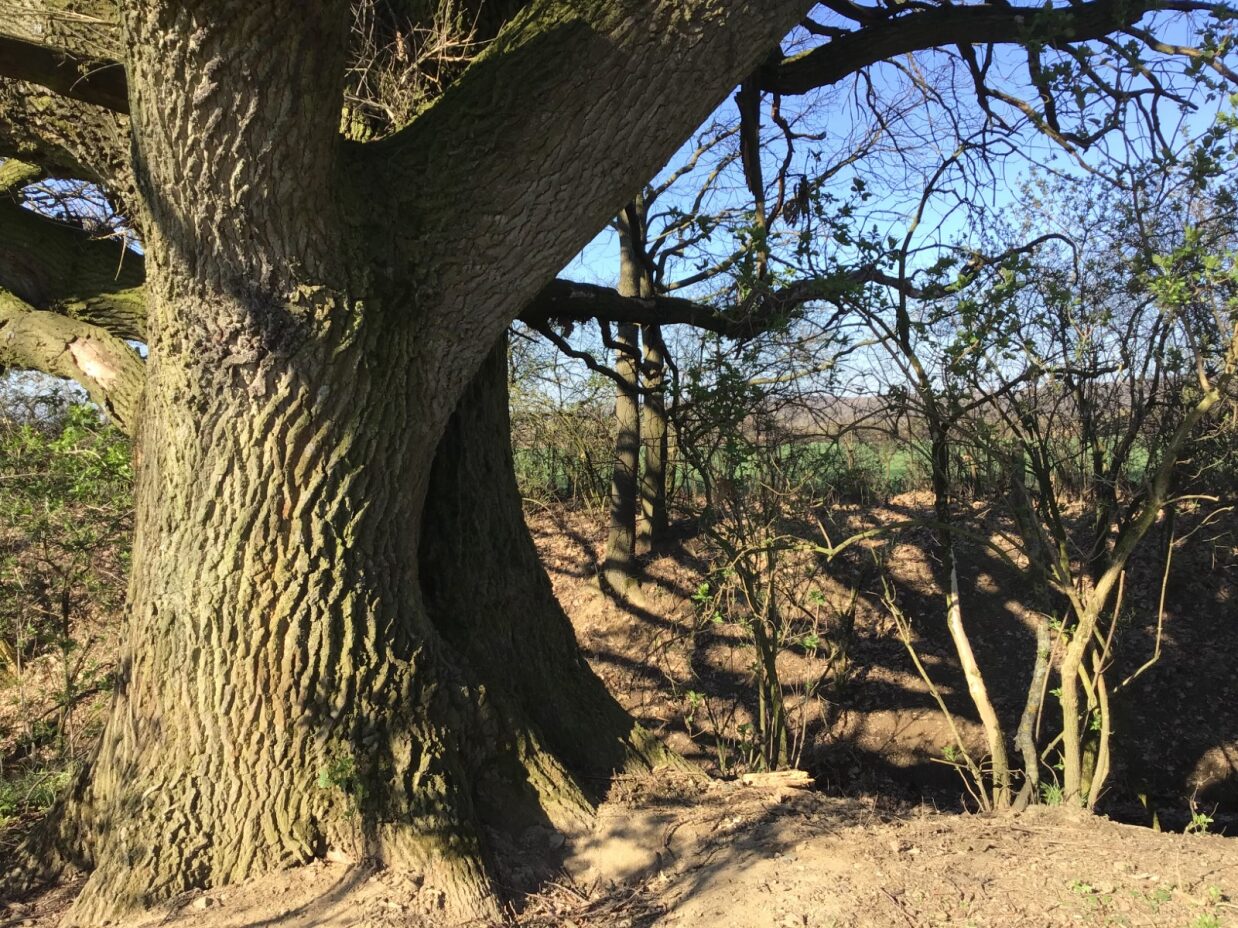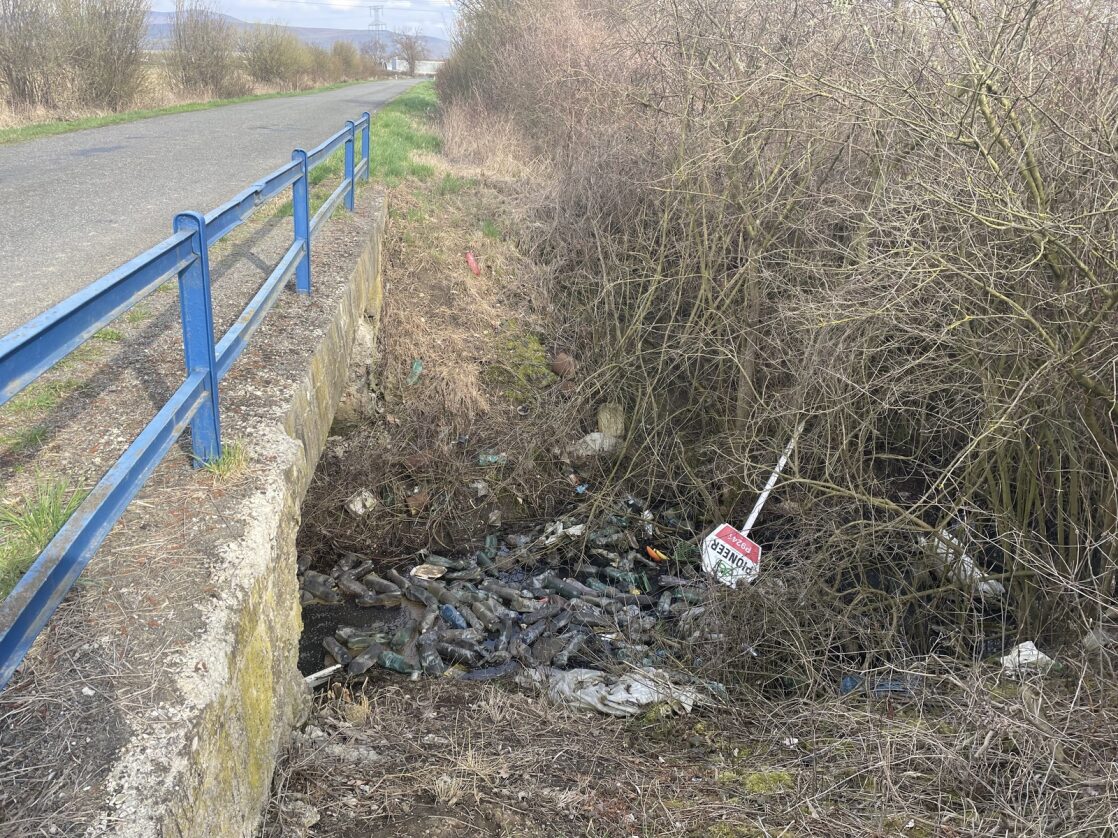Duša pri dube
The course of biomonitoring depends on the monitored organisms and the conditions of the location where environmental observation and monitoring take place. The capture of certain animal groups requires specific skills, tools, and, if necessary, protective gear. It is advisable to correlate any monitoring of aquatic organisms with measured water parameters, which provide insights into basic living conditions and may limit the presence of organisms.
Before engaging in field biomonitoring, theoretical preparation is essential. We have developed detailed procedures for fieldwork, as well as study texts to help with the understanding of professional terminology. These procedures and texts are available in the EFFUSE manuals for students and EFFUSE manuals for teachers. Additionally, short video recordings from biomonitoring.
At the Duša pri dube site, students managed to identify the presence of bryophyte species. They initially struggled to find lichens. On a slope approximately 5m above the Duša watercourse, there were trees where we demonstrated the wonders of the tiny micro-world of crustose lichens and algae (Trentepohlia), which dominate with an orange hue due to carotenoid content. The tree was literally covered with this algae. This explained that lichens might not always be readily visible to the naked eye, and observing them in the field requires the equipment of a proper scientist – a lichenologist, including a small field magnifying glass. Even smaller crustose lichens can play a role in site biomonitoring. We also determined the amount of plankton by a simple experiment of filtering the water sample through filter paper. This allows us to roughly estimate, with the naked eye, where the presence of tiny aquatic green algae is higher.
At the Duša pri dube site, we did not record a high variability of organisms. About 100 meters below the oak tree, there is a road bridge. Unfortunately, many residents use it as a dumping ground for waste. In this part, we cleaned the Duša stream.
Increased levels of ammonium cations and decreased oxygen levels, which we measured, are the reason for the absence of invertebrates in this part of the stream. Near the oak tree, approximately 100 meters north of the dumping ground below the bridge, we observed several species, which are shown in the photo gallery.










